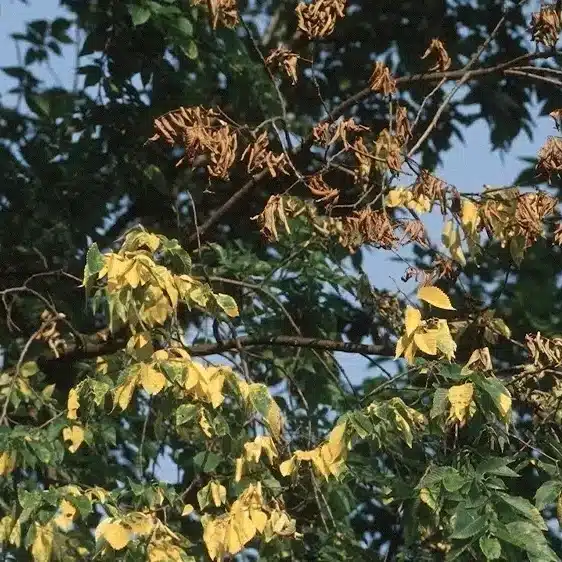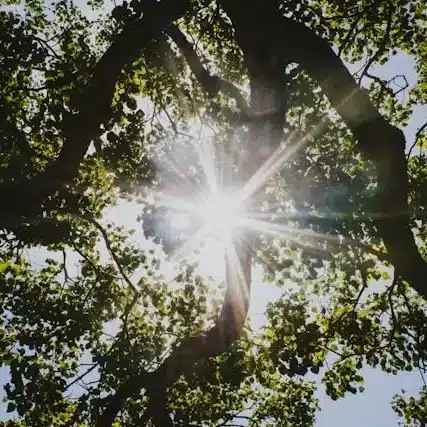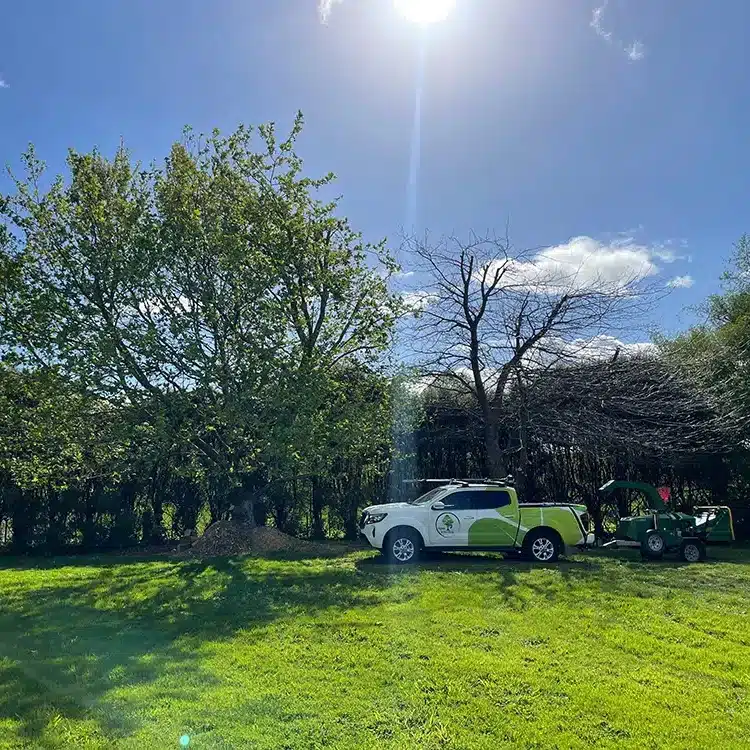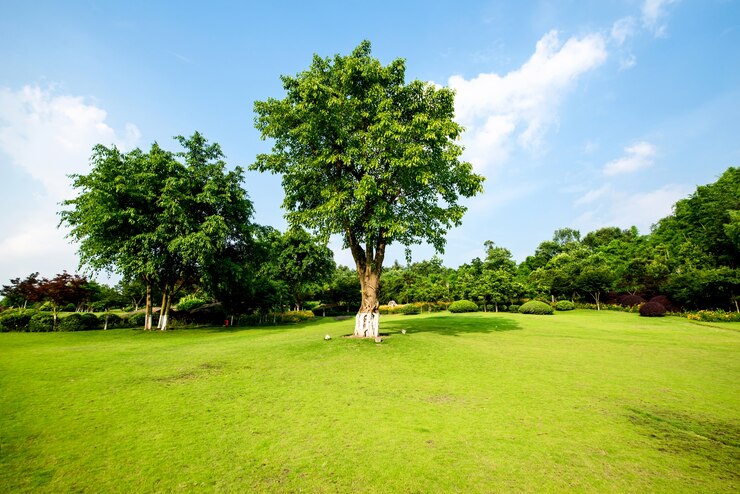
As the sun climbs higher and the days grow longer, tree care becomes even more important.
Summer Season, with its intense heat and bone dry atmosphere, presents a unique challenges to tree health. Without the right assistance your trees can die but only you can help them. No need to worry because that is why our professional Arborists are here.
This blog consists of practical tips to make sure your trees not only survive but thrive during the summer months.
Watering Practices
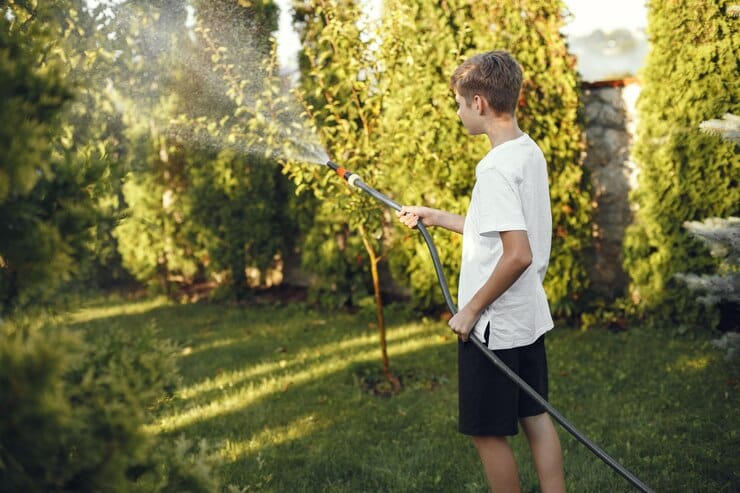
Trees require more water during the hot summer months. The key is to provide enough moisture to penetrate deep into the roots, encouraging strong growth.
Slow, deep watering techniques, such as drip irrigation, are preferable. This method minimises evaporation and ensures water reaches the roots. Watering in the early morning or late evening also reduces water loss.
Yellowing leaves or a wilted appearance might indicate over-watering, while dry, brittle leaves suggest under-watering. One of the most important summer tree care tips is to adjust your watering schedule based on these signs.
Mulching and Soil Care

Mulching is a gardening practice that involves applying a layer of material over the soil surface around plants, including trees. This layer, known as mulch, can be composed of various organic or inorganic materials.
The primary purposes of mulching are to conserve soil moisture, reduce weed growth, improve soil fertility and health, and enhance the visual appeal of the area. This helps keep the tree’s health in shape.
Ideal for enriching the soil, organic mulches like wood chips or bark decompose over time. When applying mulch, spread a layer of 2-3 inches around the tree’s base, ensuring it doesn’t touch the trunk directly to avoid rot.
Regularly check soil moisture and quality. Compacted or poor-quality soil can be amended with organic matter.
Pruning and Trimming
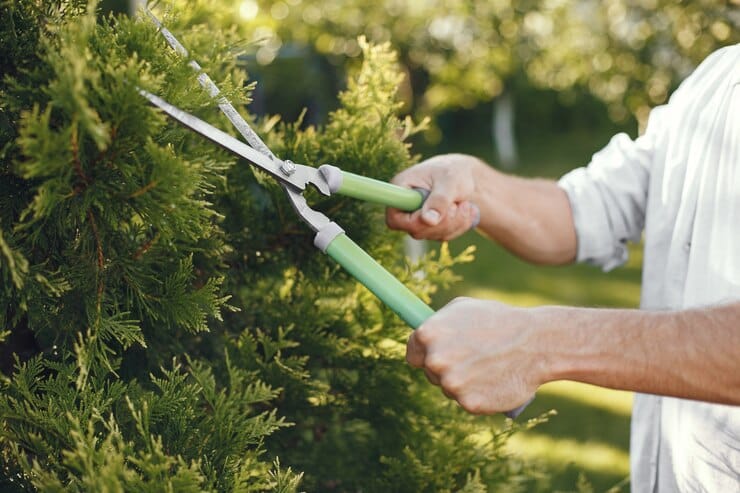
Summer tree pruning can be beneficial for removing dead or diseased branches, improving shape, and encouraging growth. This process not only enhances the aesthetic appeal of the tree but also promotes healthier and more robust development.
Use sharp, clean tools for making clean cuts to remove dead or damaged branches. Avoid topping trees, as this will eventually lead to weak growth. In late summer, when trees are less vulnerable to diseases, is often the best time to prune. During this period, the tree can heal more effectively, reducing the risk of pest infestation or disease.
Look for dead, diseased, or crossing branches. These can be safely removed to improve the health and appearance of the tree.
Additionally, consider the tree’s natural form while pruning, as this supports a more organic growth pattern and maintains structural integrity. Be mindful of the tree’s size and your own safety. For larger tree trimming or more complex tasks, it might be wise to hire the help of a professional arborist.
Pest and Disease Management for Trees in Summer Season
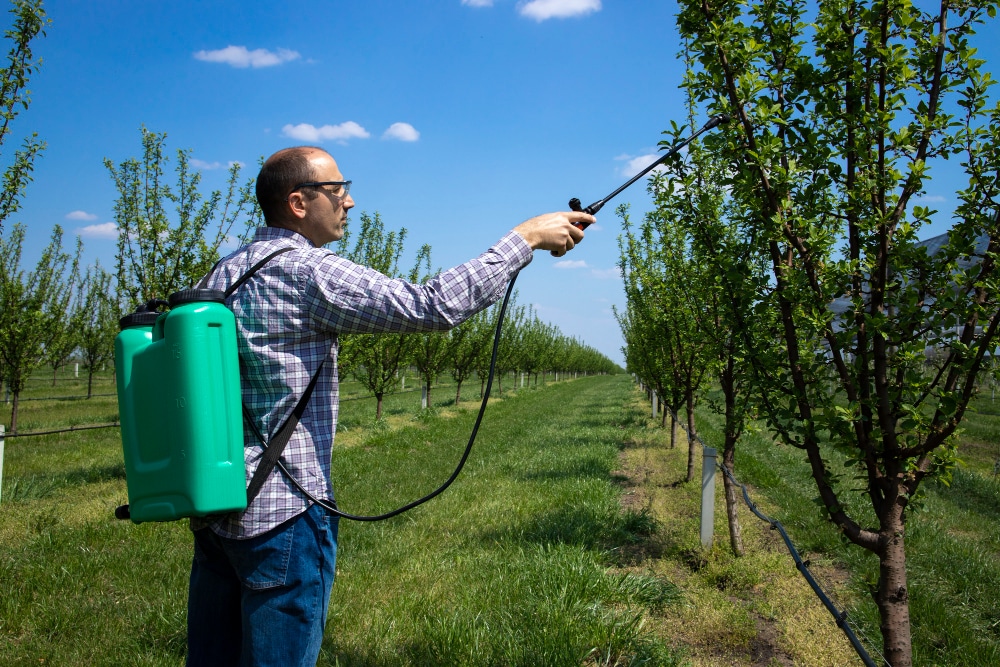
Next up on our list of summer tree care advice is pest and disease management.
Aphids, spider mites, and fungal diseases like powdery mildew are common in summer. Regular inspection helps in early detection. Identifying issues promptly can prevent them from escalating and causing significant damage to the trees.
Keep trees healthy as a first line of defence. Use organic or chemical treatments as necessary, following safety guidelines. Healthy, well-nourished trees are more resistant to pests and diseases, reducing the need for aggressive treatments.
Consider organic options like neem oil or insecticidal soaps. Chemical treatments should be a last resort and used responsibly. When choosing treatments, consider the environmental impact and the safety of surrounding plants and wildlife.
If the problem is severe or widespread, it’s wise to consult a tree care professional for advice and treatment. They can offer tailored solutions and more advanced treatment options that may not be available to the general public.
Additionally, ensure that gardening tools are cleaned and disinfected after use to prevent the spread of pests and diseases between plants.
Protecting Trees from Heat Stress
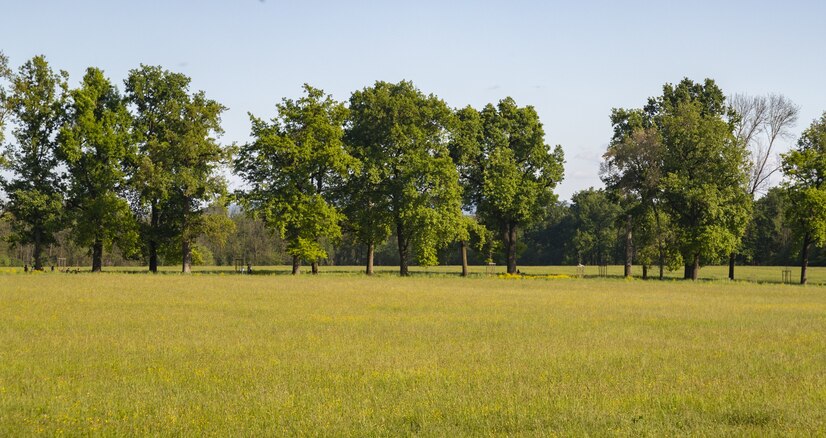
Wilting, scorched leaves, or premature leaf drops are indicators of heat stress. These symptoms necessitate immediate attention to prevent long-term damage or even loss of the tree.
Provide adequate water, mulch, and sometimes shade cloths in extreme heat to keep your trees healthy. Avoid fertilising during peak heat to reduce stress on the tree, as fertilisers can increase water requirements and exacerbate stress conditions.
Trees benefit from natural windbreaks and shading in extreme temperatures. Planting companion trees can provide additional protection.
Furthermore, selecting drought-tolerant species or varieties, especially for new plantings, can enhance a tree’s resilience to heat stress in summer. Regularly inspecting for and mitigating pest infestations can also alleviate additional stressors, contributing to the overall health and vitality of the tree.
Fertilisation and Nutrient Management

Test soil to determine nutrient deficiencies. Fertilisation of summer trees should be carefully timed to avoid encouraging growth during drought periods.
Use slow-release fertilisers to provide a steady supply of nutrients. Granular or liquid fertilisers can be applied according to the manufacturer’s instructions.
Over-fertilisation can harm healthy trees. Balance the nutrient supply with the tree’s growth stage and health needs. This is very important for newly planted trees.
Special Considerations for Young Trees
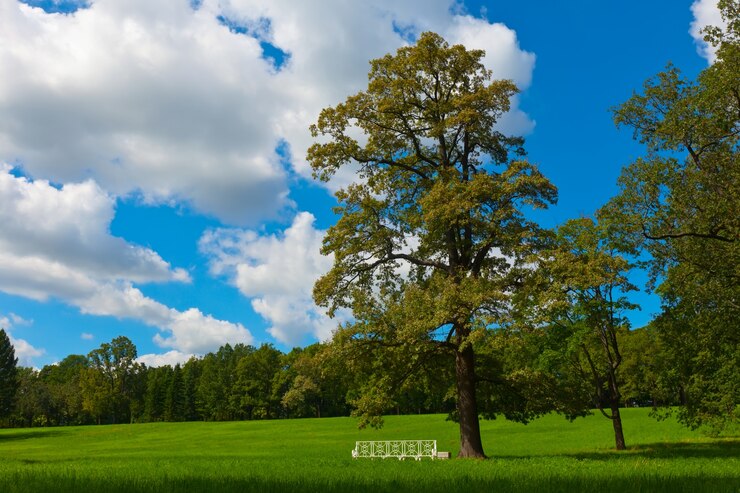
Young trees need additional attention with watering, mulching, and protection from the elements. Their developing structures and root systems require more care to establish a strong foundation for future growth.
Stake young trees if necessary, but allow some movement for strong root and trunk development. Use tree guards or fencing to protect young trees from animals and lawn equipment.
Additionally, monitor and adjust the soil pH and nutrient levels, as young trees can be particularly sensitive to soil conditions. Regularly check for signs of any pests or diseases, as early intervention is key to maintaining the health of young trees.
Long-Term Tree Health Strategies
Consider the long-term growth patterns and needs of your trees. Regular pruning and health checks are vital.
Choose tree species suited to your local climate and soil conditions. Proper planting techniques ensure a good start.
Annual check-ups by a tree care professional can prevent many long-term problems.
Conclusion
Caring for your trees during the summer is a rewarding investment in your garden’s health and beauty. Proper maintenance ensures they continue providing shade, fresh air, and an enhanced aesthetic appeal for many years.
Remember, each species may have its unique requirements, so tailor your care accordingly. Don’t hesitate to seek advice from arboricultural experts for specific concerns or challenges.
By dedicating time and effort to summer tree care, you not only contribute to the well-being of your immediate environment but also support a broader ecological balance.
Let’s cherish and nurture these natural treasures for future generations to enjoy.


